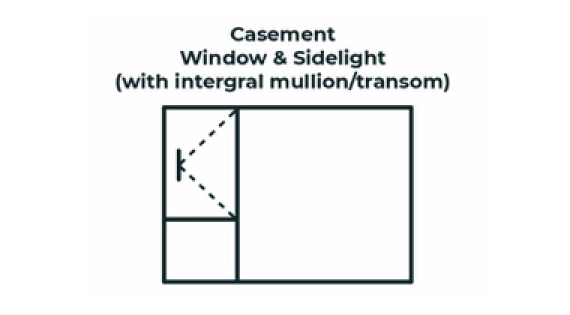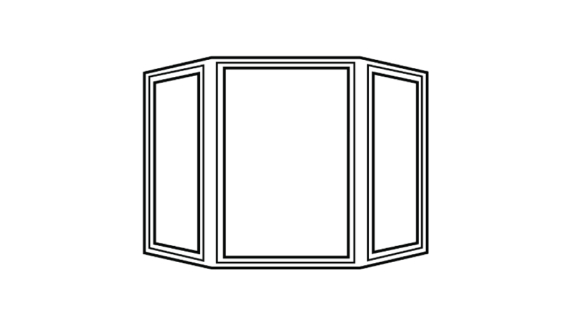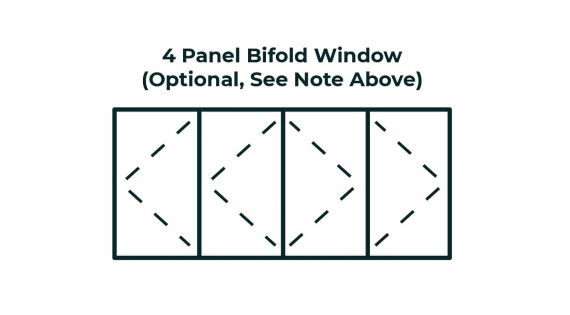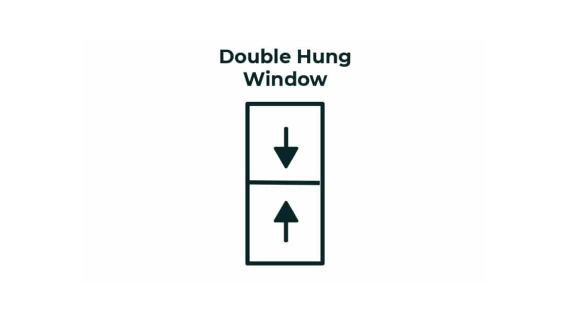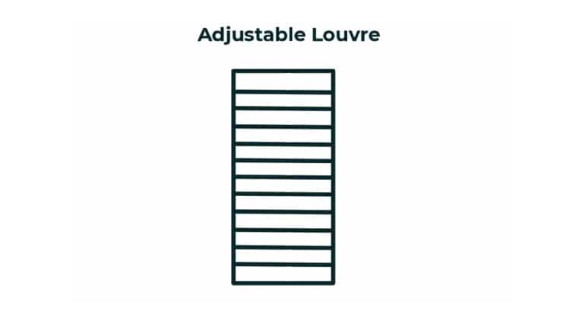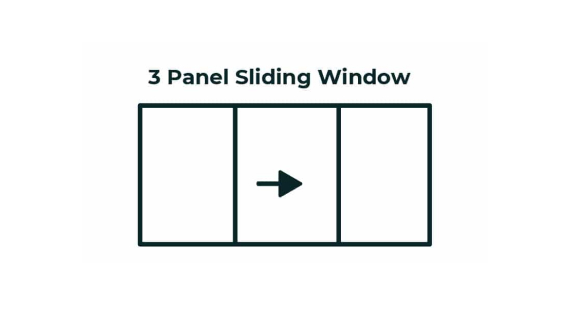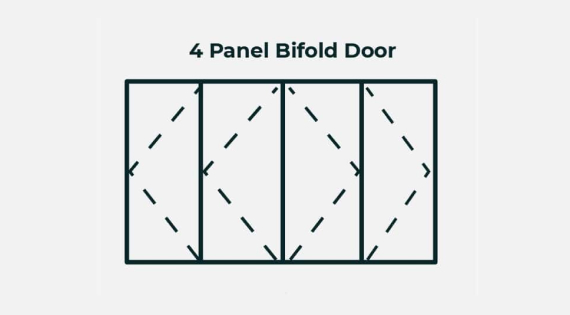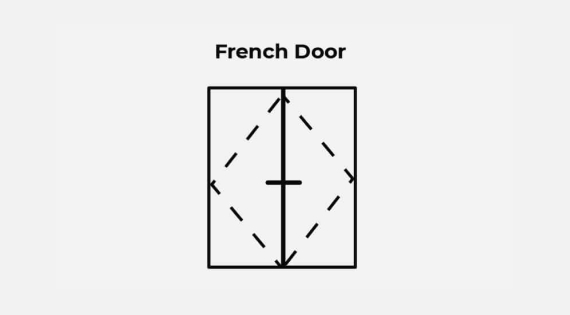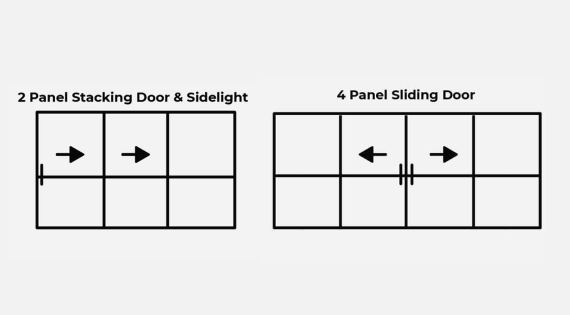As mechanical elements that can undergo heavy daily usage, the windows and glazed doors you choose need to be durable and strong, and designed to withstand the range of environmental conditions likely to be encountered on your site, such as high wind or sun exposure. Now that the New Zealand Building Code requires all new residential construction to meet certain standards in energy performance, windows and doors also need to be energy efficient.
To help ensure you choose windows or glazed doors suitable for New Zealand conditions, look for this NZS 4211 label. It’s proof that your purchase has been rigorously tested for a range of performance criteria, including air leakage, water leakage and wind resistance.
The New Zealand Building Code requires all window manufacturers to label every window and door unit they make, so if your purchase does not have this label, it may not be compliant. On windows, the label should be in the cavity just below the left-hand-side stay. On doors, you’ll find it on the jamb, immediately below the top hinge.







